Consuming music has never been easier thanks to the wide swath of devices that support a myriad of services. Options range from the tried and tested Apple iTunes store, to MOG, to Rhapsody, to the darling of music startups Spotify. In fact, some of my evenings have been spent taking a journey through music nostalgia thanks to the millions of songs now available online. And part of this journey has been lended a serious assist from Sonos.
Just a few short years ago Sonos wasn’t more than a speck in the tech/music world. But with the arrival and ubiquity of smart devices, along with the aforementioned streaming music services, their survival is no longer in question. And with that, not more than a few years ago the company realigned and simplified their product offering, making it all the easier for everyday consumers to grasp the fundamentals of their wireless speaker system. However, there clearly remained a gap in their product offering. And that gap has now been filled with the recently announced Playbar.
This past Thursday I shot over to the company’s listening studio in Hollywood, CA located on La Brea Ave and got an “ears on” with the new Sonos Playbar (aka Sonos Soundbar).
Aesthetically, the Playbar isn’t the most remarkable looking of devices, but nor are Sonos’ other offerings. What matters is sound quality and functionality. Now, allow me to be candid and state the obvious: when it comes to music playback Sonos isn’t the highest in fidelity thanks to its wireless nature. That is to say, they are the intersection of convenience and sound quality. And if you’re about to make reference to Apple’s Air Play, STOP, because I’ll laugh you right out of the proverbial room.
But that isn’t to say the Playbar makes any concessions in the sound quality. The soundstage of the Playbar is remarkably wide and deep for a speaker of this size. This can be attributed to not only a 2.5 year development time, but 9 drivers that are working in tandem to calculate what I’m told are up 24 million calculations at any given time.
[GR]PvnlpPWAcZc[/GR]
Watching the above Dolby True HD test screen seen at 1:11 exemplified this notion, while also conveying that the Playbar is capable of producing subtle lows without the help of a sub or any other speaker. A few more demos (“Batman: The Dark Knight” trailer, “The Art of Flight”, and Pink Floyd’s “Money”) and I was thoroughly convinced that Sonos Playbar wasn’t just another drop in the proverbial soundbar speaker bucket.
Unfortunately, the Playbar did fall a bit short (to my ears) when watching a clip of “Super 8” in full surround mode (aka 5.1-channel). To achieve this, Sonos’ Playbar can sync up, wirelessly of course, with their sub ($699) and two Play 3 speakers, which serve as the left and right rear channel. Unlike the aforementioned clips, the onscreen action and largely the voices, were overwhelmingly loud from the rear. Moreover, highs were a bit shrill and the soundstage, which was quite rich during the Dolby test, was now muddled and shallow. Now, to be clear, this could be largely attributed to the clip we watched, so I’ll reserve full judgement until I score a review unit.
Shortcomings aside, the convenience of the Playbar is unparalleled They’ve worked hard to make sure the IR pass through port works very fast, or so I was told. Your cable remote, or whatever your main remote is, will work with the Playbar to control volume. During setup you just point it at the Playbar, hit volume up, and it should instantly know what brand it is. If it doesn’t you’ll have to perform three steps (volume up-up, volume down-down, and mute twice) where upon it will be programmed and then uploaded to their database – it’s effectively remote-programming crowdsourcing.
Much like all of Sonos’ other speakers, the Playbar can be controlled using your iOS or Android device, which also serves as a walk through setup process to determine your distance from the speakers. That said, there is no room calibration, and nor is there a sweet spot that you have to sit in to enjoy the Playbar – I sat far left and far right and received the same audio quality. You can however, pipe your TV’s audio, from any channel, to any other Sonos speaker in your home. A nice feature if you’re watching the proverbial game, or as their PR rep pointed out, you could very well pipe in a radio announcer from your favorite station and ditch CBS’ or ESPN’s.
The Playbar isn’t just another cheap, home theater soundbar. I mean that both literally and figuratively. It’s still too soon for me to tell how well it truly does perform, and whether or not it’s worth its $699 price tag. Many will suggest that you can simply purchase a dedicated 5.1-channel surround system for about that, if not slightly more, and then add their Sonos Connect for $349. Course, with that comes the hassle of installing speaker wire, making sure you’ve got space for an amp and so forth. Alternatively you could purchase a Vizio (aka cheap) soundbar for under $300, but once you factor in the Sonos Connect you might as well have purchased the Playbar, which is the whole kit and caboodle.
Sonos Playbar preorders, which are available now, starts shipping as early as March 5th.
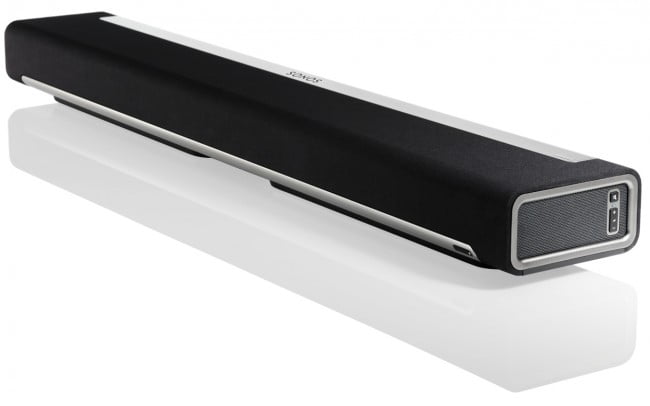
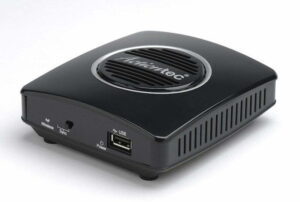
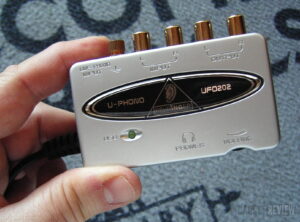
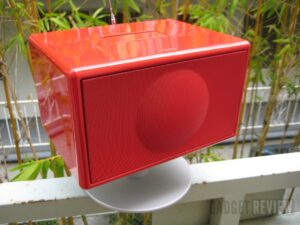
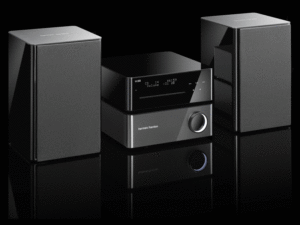
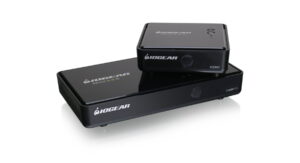
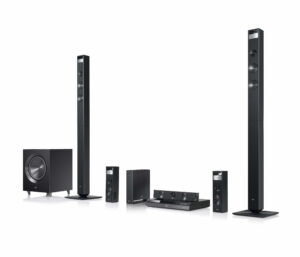
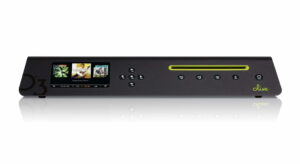
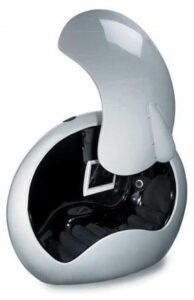
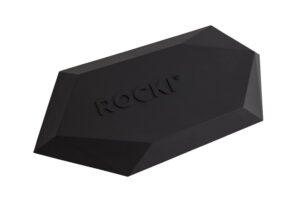
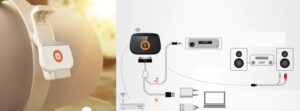
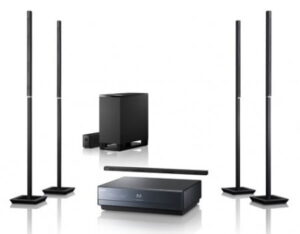
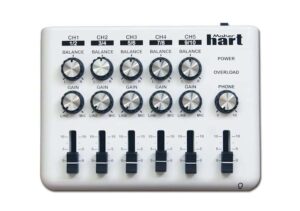
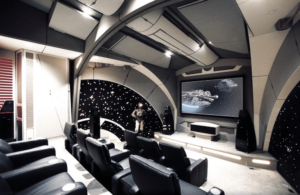
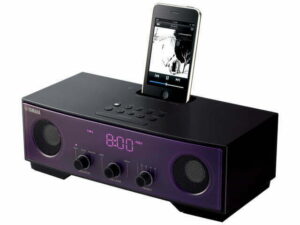
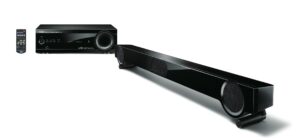
3 responses to “Post Title”